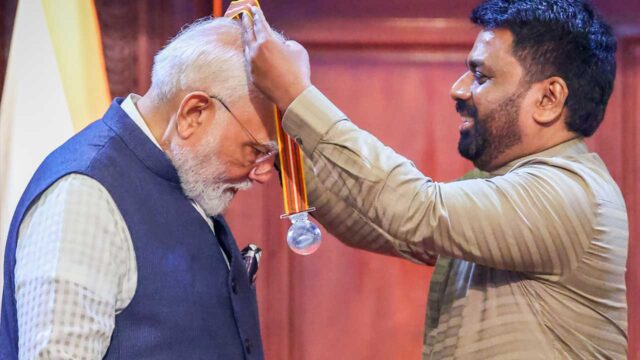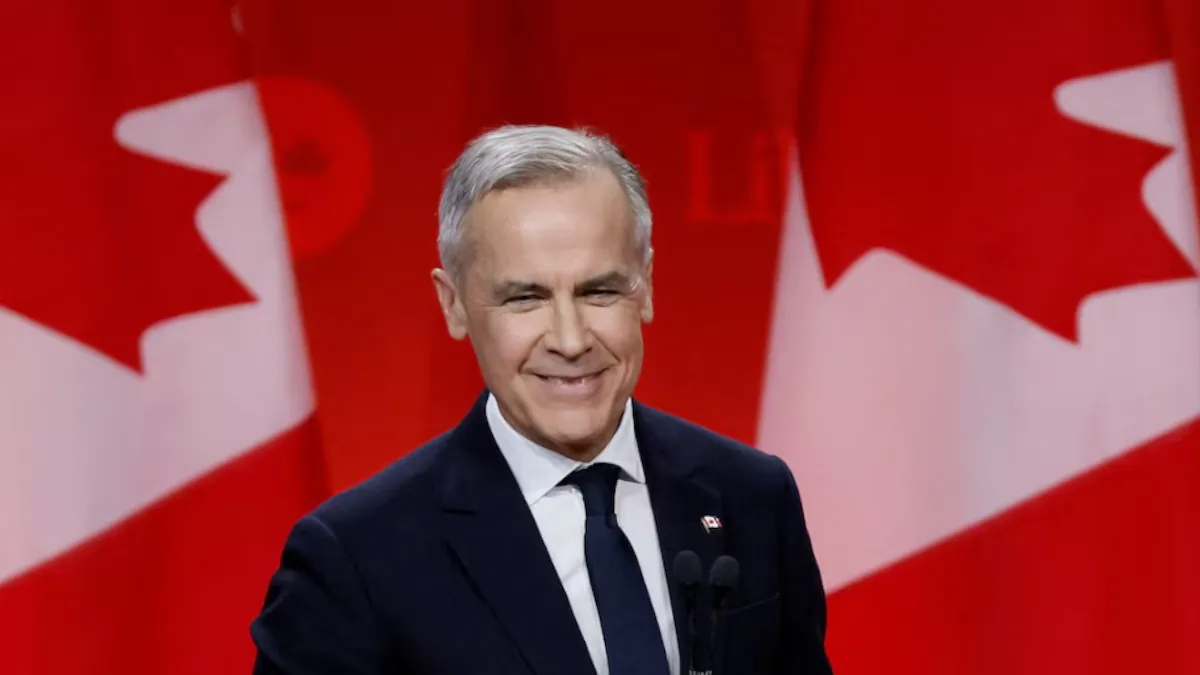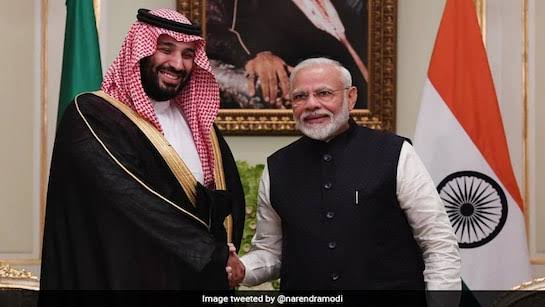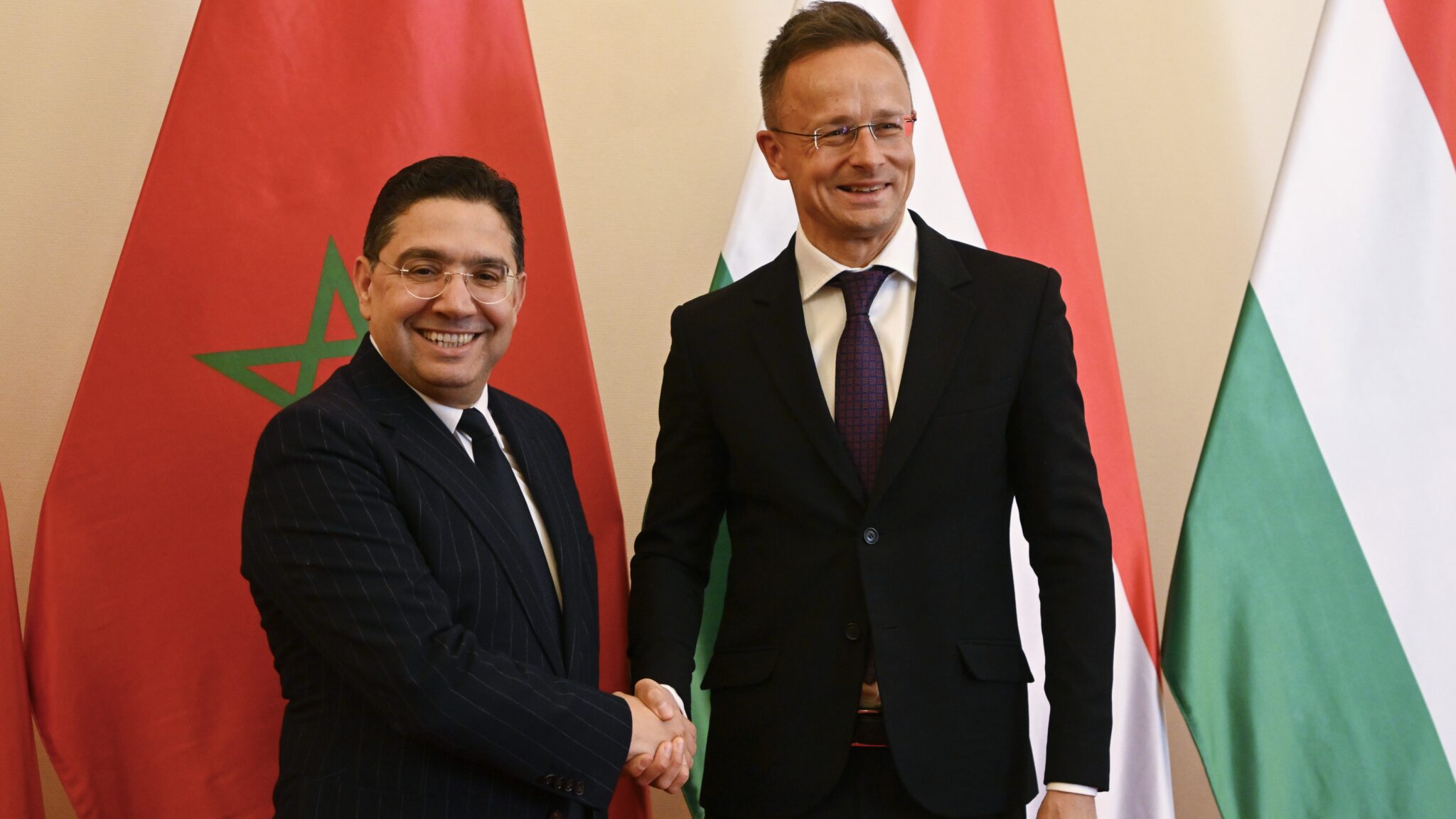The year 2025 has already emerged as a remarkable turning point in India-Sri Lanka relations. It began with President Dissanayake’s visit to India in December 2024, and just months later, PM Modi’s return visit has built upon that momentum. The visit took place shortly after the BIMSTEC Summit in Bangkok. Several long-standing bilateral issues, including energy cooperation, defence collaboration, the fishermen dispute, and the 13th Amendment, saw substantive dialogue and agreement. This uptick in high-level exchanges reflects the political will on both sides to strengthen ties through continuous engagement, pragmatism, and mutual benefit. On 5th April 2025, Prime Minister Narendra Modi was welcomed with full ceremonial honours at Colombo’s historic Independence Square. According to PIB (2025), the two leaders inaugurated the 128-kilometre Maho-Omanthai railway line, renovated with Indian assistance of USD 91.27 million, and launched the construction of a modern signalling system between Maho and Anuradhapura, supported by an Indian grant of USD 14.89 million. Both countries signed seven key agreements across defence, energy, health, trade, and digital infrastructure.
Symbolism and Recognition
In an extraordinary show of appreciation, President Dissanayake conferred the Sri Lanka ‘Mitra Vibhushana,’ the highest civilian award/medal for foreign leaders, upon PM Modi. The medal’s design represents shared values through symbols like the ‘Dharma Chakra’, reflecting Buddhist heritage, the ‘Pun Kalasa’ denoting prosperity, and the ‘Navaratna’– nine gems set within a globe symbolizing lasting friendship. The gesture reflects gratitude for India’s constant support during the crisis and confirms India’s accepted role as the ‘big brother’ in the region. The leaders offered prayers together at the sacred ‘Jaya Sri Maha Bodhi’ temple in Anuradhapura, reinforcing civilizational ties that date back to the 3rd century BCE. PM Modi’s solemn tribute at the Indian Peace Keeping Force (IPKF) Memorial honoured the legacy of Indian soldiers, turning a complex chapter in bilateral history into a moment of reconciliation and shared remembrance. Sri Lanka’s acknowledgment of India’s rise as a global, not just regional, power, affirms India’s growing stature in global geopolitics.
Strategic Cooperation
Sri Lankan President Anura Kumara Dissanayake’s explicit assurance that “Sri Lanka will not permit its territory to be used in any manner inimical to India’s security interests”. It directly addresses India’s long-standing concerns about Chinese surveillance vessels docking in Sri Lankan ports and other security sensitivities. PM Modi’s visit to Sri Lanka signals the operationalization of India’s ‘Vision Mahasagar (Ocean Vision)’ policies. One of the most important takeaways from the visit is the signing of a landmark Defence Cooperation Agreement. This pact institutionalizes maritime collaboration, joint military exercises, and defence industry linkages. Importantly, President Dissanayake reaffirmed Sri Lanka’s commitment that its territory, along with its waters, will not be used to undermine India’s security. PM Modi also emphasized that Sri Lanka occupies an important position in India’s Neighbourhood First policy and the Security and Growth for All in the Region (SAGAR) initiative.
Energy and Economic Revival
Energy security and economic revitalization formed the core of bilateral discussions. India’s leadership is further validated by its role in debt restructuring agreements that offer a sustainable path forward for Sri Lanka’s economic recovery. Speaking on the occasion, Prime Minister Modi stated, “The Sampur Solar Power Plant will help in Sri Lanka’s energy security. All the people of Sri Lanka will benefit from the agreements signed for building a multi-product pipeline and developing Trincomalee as an energy hub.” Another major step forward was the electricity grid interconnectivity agreement, which will enable power trade between the two countries and potentially allow Sri Lanka to export electricity in the future. This agreement was part of a broader energy cooperation framework, which included a tripartite MoU between India, Sri Lanka, and the United Arab Emirates (UAE) for the development of Trincomalee’s infrastructure, particularly a multiproduct energy pipeline. A major green energy initiative was launched with the installation of solar rooftop systems at 5,000 religious institutions across the country. Funded by Indian credit assistance of $17 million, the project will benefit places of worship, generating an estimated 25 MW of renewable energy. India announced assistance worth 2.4 billion Sri Lankan rupees for the social and economic development of Sri Lanka’s eastern provinces. Also initiated a capacity-building program for 700 Sri Lankan professionals annually. These measures combine long-term development with people-to-people connectivity, key pillars in India’s ‘Neighbourhood First’ policy.
Technology, Health, and Digital Ties
India’s digital diplomacy found new momentum through an MoU on Digital Transformation Cooperation, enabling Sri Lanka to access India’s digital public infrastructure models. The collaboration on digital transformation, under which India’s Ministry of Electronics and Information Technology and Sri Lanka’s Ministry of Digital Economy have agreed to share successful digital solutions implemented at a population scale. This includes replicating India’s innovations in areas such as digital payments, e-governance, health tech, and citizen service delivery. In terms of health, the recognition of Indian Pharmacopoeia by Sri Lanka opens doors for pharmaceutical trade and deeper cooperation in healthcare. An MoU was inked between the Ministry of Health and Family Welfare of India and Sri Lanka’s Ministry of Health and Mass Media to enhance collaboration in medical services and public health.
Cultural Diplomacy
India’s outreach to Sri Lanka is not just strategic; it is truly cultural and people-centric. India will send the relics of Lord Buddha, discovered in Gujarat, to Sri Lanka for public exposition during Vesak Day 2025. Moreover, India announced support for the restoration of sacred sites such as the Thirukoneswaram and Sita Eliya temples. These efforts show India’s role as a civilizational partner, nurturing shared religious and cultural heritage.
Why This Matters for South Asia
Sri Lanka represents an opportunity for India to set the tone for regional cooperation. In the evolving geopolitics of the Indo-Pacific, where the Indian Ocean is emerging as the new theatre of global competition, India’s engagement with Sri Lanka helps secure major sea lanes, strengthen multilateralism, and promote regional norms that favour openness and sovereignty.
Conclusion
The India- Sri Lanka relationship has embarked on a new trajectory that promises to reshape regional dynamics in the Indian Ocean. At a time when extra-regional powers are attempting to recalibrate influence in South Asia, India’s consistent and constructive engagement with its neighbours offers a model of partnership rooted in mutual respect and shared prosperity. India and Sri Lanka share more than just geographic closeness. Their civilizational bonds, cultural ties, and historical interactions date back millennia, rooted in shared spiritual traditions and maritime exchanges. Through sustained diplomacy, developmental support, and shared cultural heritage, India is not just maintaining its strong position in the region; it is redefining what leadership looks like in the 21st century.









